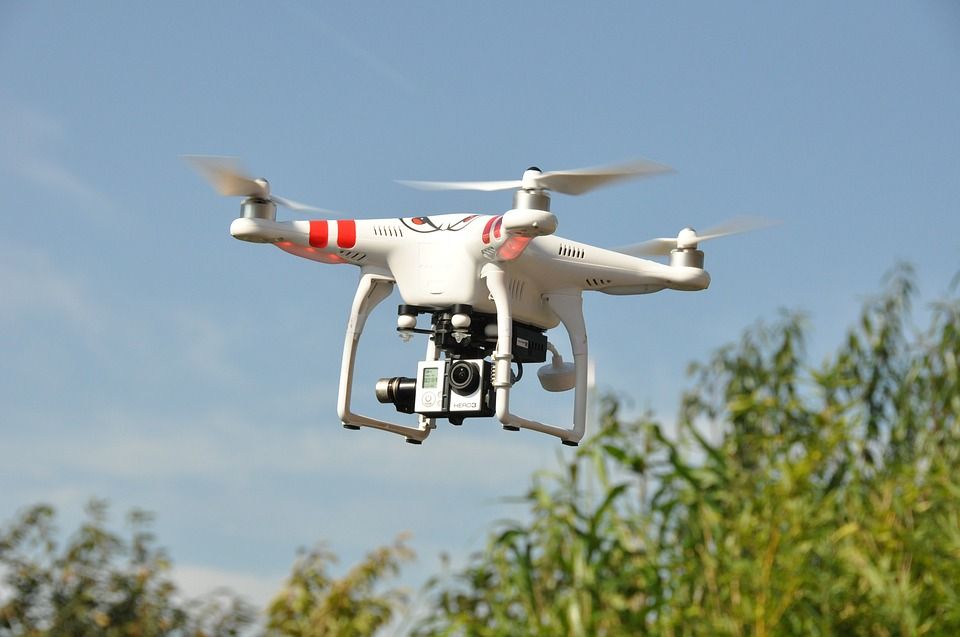Drone technology set to play huge role in transition to renewables
Energy providers are now looking at the emergent technology of drones to help them with their day-to-day maintenance of renewables installations and to decrease their costs

Energy providers are now looking at the emergent technology of drones to help them with their day-to-day maintenance of renewables installations and to decrease their costs.
Last week, Intersolar North America, Drone Deploy, a cloud software platform provider for commercial drones, and DJI, a leading maker of drones and camera technology, unveiled a new partnership to increase the efficiency of solar panel installation as well as inspection thanks to the use of drone-based thermal imagery capture and analysis.
Residential solar system measurement times could be reduced by half, and commercial measurement times could go from days to a few minutes.
On-board thermal imagery can also facilitate the placement of the equipment for maximum production.
Ryan Tong, director of marketing at DJI, said: “Roof inspection hasn’t changed significantly over the past decade... Introducing safe and accurate drone-based 3-D models to replace survey wheels and measuring tapes is a step forward for the industry.”
The cost for rooftop solar could go down thanks to the use of drones, as they reduce the time workers spend on the roofs, as well as the potential for measurement errors and they facilitate the maintenance of the systems.
Drones have the same potential in the wind power sector, as they can provide 3-D images of the wind blades in order to detect the imperfections, without having to stop the turbines and have workers climb on them.
Tero Heinonen, CEO of the drone-maker Sharper Shape said: “Wind turbines will be one area where there is rapid adoption. It makes sense today.”
Drones could also help with the maintenance of the transmission network.
Chris Hickling, director of government relations at EEI said: “We have about 382,000 miles of transmission lines, 45,000 substations, more than 5,500 generation units. We have enough distribution lines to wrap around Earth 139 times... All of that infrastructure has to be inspected, and if we can catch problems before they happen, there are cost and efficiency savings.”






_400_250_80_s_c1.jpg)